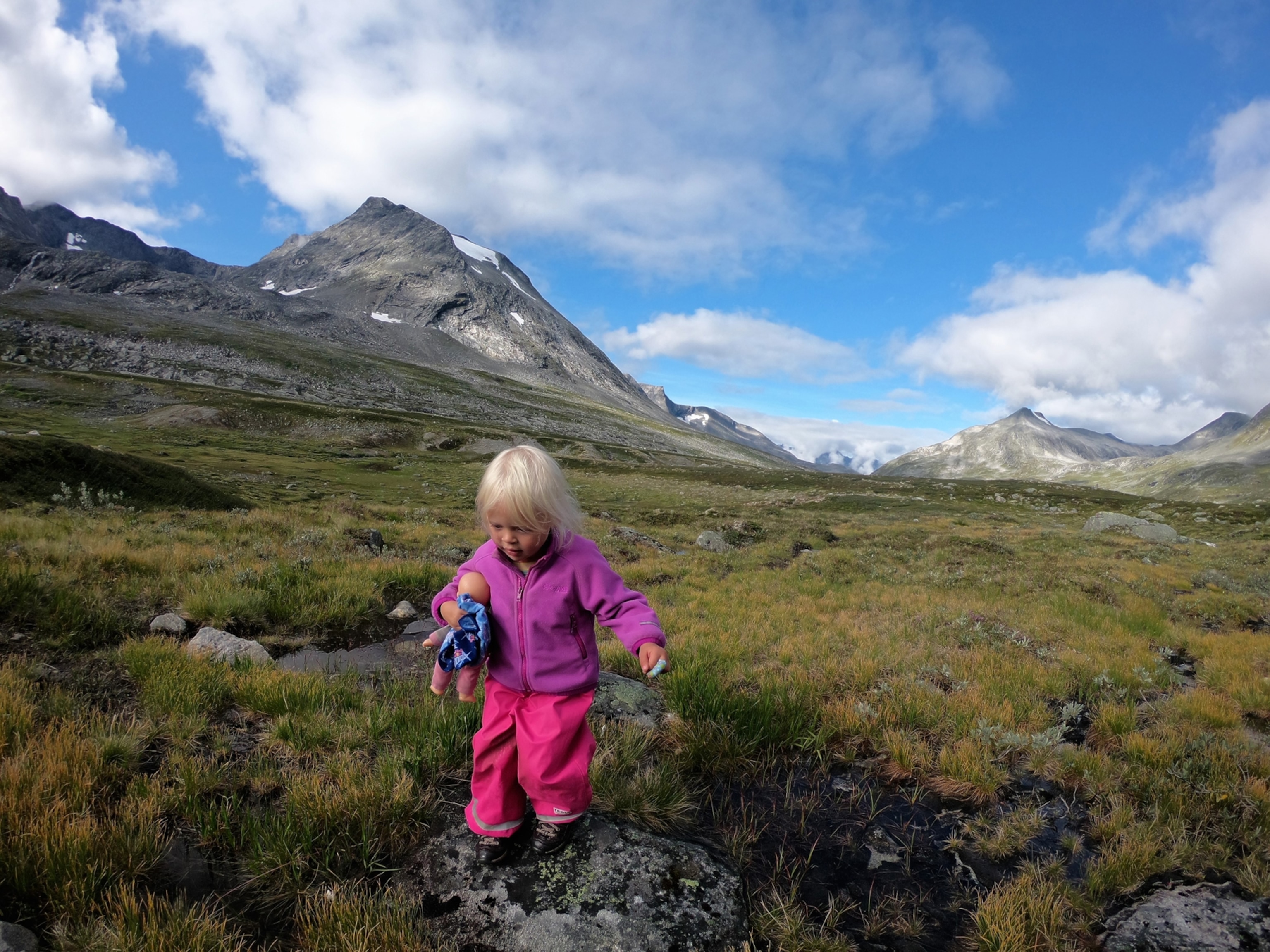
Don’t let the pandemic keep kids from going outside in chilly weather
Outdoor activity is mentally healthy—and crucial during shutdowns.
Pele used to have a regular routine that got him out of the house. The nine-year-old from Bedford, Massachusetts, played sports, ran around with friends, and enjoyed daily recess at school. But with COVID-19 still raging, he’s now mostly cooped up at home—and winter is coming.
Even before the pandemic, children were spending only about four to seven minutes a day in unstructured outdoor play, according to the National Recreation and Park Association. That time has been slashed now that most outside activities are limited—many children aren’t even getting fresh air going to and from school. In fact, a recent study by the University of Southern California’s Keck School of Medicine found that parents reported their children were less physically active and more sedentary during April and May compared to February.
And now, here come shorter days and chilly weather—something that’s bound to make children want to snuggle indoors more. But scientists agree that getting outside even during colder months is crucial for a child’s health.
Parents likely know sunlight’s healthy effects: It helps produce bone-building vitamin D and stimulates a gland that regulates mood and sleep. But outdoor activity also releases feel-good hormones called endorphins, which can help calm people and relieve anxiety. That’s especially important now, since many experts believe that the pandemic is contributing to an increase in anxiety and depression among children, says Forrest Talley, a clinical psychologist with Invictus Psychological Services in Folsom, California.
“Some of the biggest benefits of going outdoors are cognitive and social,” he explains. “When kids play with other kids, they get a sense of community, which almost invariably diminishes depression.” (Make sure to follow local pandemic protocols and CDC guidelines for outdoor playdates.)
The trick, of course, is convincing your kids to bundle up and leave the warm embrace of your home. Here are some ideas on how to get them to chill out.
Fight the resistance
If your children are literally digging in their heels as you try to push them out the front door, take a step back.
“If you know your kids will resist, be proactive,” says parenting consultant Laura Froyen of Madison, Wisconsin, whose daughters are 5 and 8. “Have a conversation during a calm, connected moment, while having a snack or playing quietly.”
Ask your child what’s getting in the way of being outside. Then dig deeper. Ask what they want to do and where they want to go. If you’re in a bubble with friends, find out who they want to see. Those questions can help you brainstorm.
For instance, Froyen once worked with a mother who couldn’t figure out why her 10-year-old son disliked the dog park. After having a conversation with him, she discovered that he was upset he couldn’t join the friends he saw there because they weren’t in his COVID-19 bubble. Once his mother understood, she stopped pushing the park and planned outdoor activities elsewhere.
Pele’s mom, Bridget Barrett-Parker, says the biggest barrier to getting him and his two-year-old sister out in winter isn’t their resistance—it’s often her own. Having a reason to get outside helps.
“That makes it something to look forward to,” says Barrett-Parker, a teacher and parenting consultant. “If there’s a convenience store within walking distance or a spot in the garden to observe, I can say, ‘Let’s make a trip out of it.’”
Create an outdoor habit
Another way to overcome resistance: Make going outside part of your daily routine.
“Make it non-negotiable,” Barrett-Parker says. “Whether you take a walk before or after school each morning, spend time at the park, or make a plan to meet up with a friend, setting a consistent time to be outside every day takes the pressure off of you.”
And as much as you might want to, don’t ignore the “I’m bored” or “I’m cold” complaints. Acknowledge them, but then help kids build up to regular, long-term activity.
“Even if you only manage to get your kids outside for five minutes one day, six the next, that’s a win,” Froyen says. “Aim for progress over perfection.”
Bring the inside out
Do your kids have a favorite indoor activity? Take it outside—with a twist.
Fill spray bottles with cold water and food coloring for snow painting, recommends parent coach L. Elizabeth Forry of Annapolis, Maryland. “What’s better than an undisturbed and pure white canvas?” says the mom of boys ages six and nine.
Jolene Caufield, mom to a six-year-old in Baltimore, suggests an outdoor slumber party. Separate tents can ensure social distancing. “Make sure they don't have any gadgets on them so they can really enjoy it,” she adds.
Blending seasonal activities can also make going out in the cold more appealing. Sarah Miller, mom of a five- and two-year-old in Kalamazoo, Michigan, notes some summer activities can be even more fun in winter.
“Toy trucks or sand toys from the beach get a new life as snow toys,” she says. “Kids can blow bubbles and see if they’ll freeze.”
Add more adventure
If traditional winter activities are more your style, try ramping up the excitement to entice kids outdoors.
“Don’t just go sledding—go night sledding,” suggests Jessica Speer, mom to a 12- and 14-year-old in Steamboat Springs, Colorado. “Don't just watch the sunset from your yard—find a special lookout after a hike to a new place.”
Graeme Esarey, dad to a 12- and 14-year-old in Bainbridge Island, Washington, has plans for storm watching on the beach and winter river rafting. But he notes even low-key activities, like playing chess or drinking hot chocolate, are more fun if you take them outdoors. (Just remember to keep it cozy with the right gear, like a heated blanket.)
“The idea of having an adventure is really important to kids,” he says. “Get them mentally ready, and take every opportunity to create one.”



